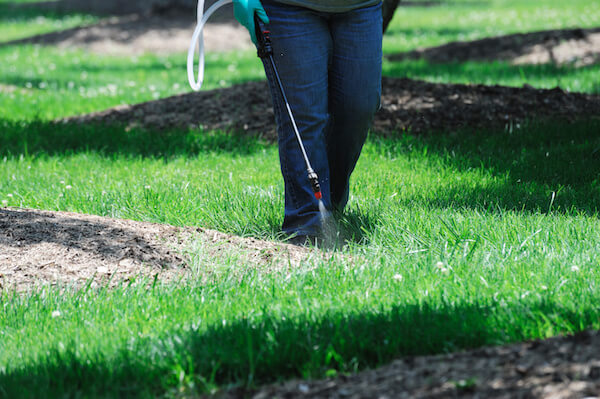
Controlling Florida Betony for a Florida-Friendly Lawn
Weeds are a common problem for Florida homeowners. Managing these weeds is key to developing an exceptional looking lawn. Florida betony is a popular weed that can be very difficult to control. But there are ways that you can control this fast growing weed, allowing you to maintain a healthy, Florida-friendly lawn.
What is Florida betony?
Florida betony (Stachys floridana) is a perennial weed that is commonly found throughout the southeastern United States. It’s also known as a wild artichoke or rattlesnake weed because it features long, white, and segmented tubers that it produces underground, which looks like a rattlesnake’s rattle. These tubers are often several inches long and store a lot of energy for the plant making it very difficult to eliminate.
The Florida betony typically grows between the fall and spring, when the temperature begins to cool. While the weed doesn’t go away completely unless it’s eliminated, it’s more noticeable around this time of year. It’s less noticeable during the summer as the roots continue to live in the soil. But when fall rolls around, it sends up new shoots.
Florida Betony Control in Lawns
It’s much easier to control Florida betony in lawns than it is in landscape beds because there are selective herbicides that can be used to kill the weed without harming your turf grass. However, the effectiveness of certain herbicides depends solely on the type of turf that makes up your lawn. The one similarity between all herbicides and all types of turf is that it will take multiple applications to completely rid your lawn of the weed.
The best time to spray for this weed, in order for optimal effectiveness, is during the fall months of October and November, when the weed first emerges, and in the spring months of February and March. While you can control the weed in a shorter period of time, in most cases, it will take approximately two years to completely kill the weed.
Research into Florida betony at the University of Georgia has shown that new herbicides have been effective such as Monument, Manor, Revolver, and Speed Zone Southern. Before using any of these herbicides, make sure to check that it’s safe for your specific type of turf.
If the weed has grown in, you’ll need to attack the weed with herbicides. But that doesn’t mean that you still can’t control the weed. The best way to control Florida betony is by maintaining a thick, healthy lawn. You can do this by mowing at the correct height and frequency, fertilizing at the right time and rate, and controlling any insect or disease problems that could form open areas allowing the weed to invade your lawn. The specifics of each of these tasks depend on the type of turf you have.
Florida Betony Control in Landscape Beds
Controlling Florida betony in landscape beds is more difficult than in lawns as it takes herbicides, hand weeding, and mulching to complete. If the weed has taken over both the lawn and landscape bed with the two being adjacent to each other, both must be controlled. If only one is treated, the weed will spread and grow back into the treated area.
If only a small area has been infected by Florida betony, hand weeding may be the most effective way of handling the infection because the roots and tubers can be completely removed from the soil. Only removing the green tops, as opposed to removing the roots and tubers, won’t slow down the weed’s growth unless it’s done frequently. Following the removal of the roots and tubers, they should be thrown away rather than composted as this will avoid the spreading of the weed. Any time soil or plants are removed from the weed-infested areas, make sure that no pieces of the roots or tubers are moved as they could spread, quickly reestablish, and infest new areas.
Florida betony is a weed that is popular across the southeastern United States and has the ability to spread quickly across your lawn. While it seems like this weed is uncontrollable, it is actually quite controllable as long as the proper actions are taken. Doing so will allow you to maintain a healthy, Florida-friendly lawn.